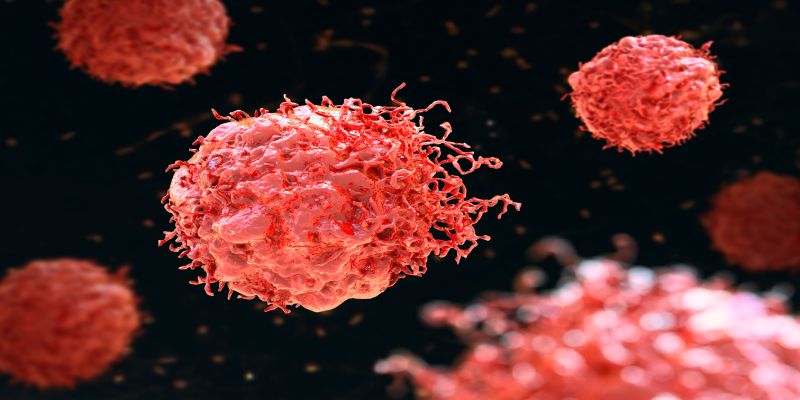
Currently, patients with moderate- or high-risk gastrointestinal stromal tumors (GIST) receive adjuvant imatinib therapy following surgical resection as standard-of-care treatment.
A study presented at the 2024 American Society of Clinical Oncology Genitourinary Cancers Symposium by Udhayvir Singh Grewal, MD, and colleagues sought to determine the long-term outcomes following neoadjuvant therapy for patients with GIST.
Dr. Grewal and colleagues used data from the LifeRaft registry, which included international data from an open cohort of patients with GIST.
Researchers analyzed the data of 137 patients with GIST who did not have metastatic disease at diagnosis, underwent surgical resection, received neoadjuvant imatinib, and had no recorded mutations of Kit exon 13 or PDGFRA exon 18 D842V. Of the patients, 72 (54.1%) had gastric GIST, 34 had small intestine GIST (25.6%), and 27 (20.3%) had another variant.
Sixty-six (52.4%) of the patients had a tumor larger than 10 cm upon diagnosis, while 42 (33.3%) had a tumor larger than 5 cm but smaller than 10 cm, and 18 (14.3%) had a tumor larger than 2 cm but smaller than 5 cm.
The median recurrence-free survival (RFS) rate was 6.1 years. Following multivariate analysis, tumor size (hazard ratio [HR], 1.08; 95% CI, 1.05-1.12; P<.01) and overall duration of treatment with neoadjuvant and adjuvant imatinib (HR, 0.98; 95% CI, 0.97-0.99; P<.01) were related to RFS. A 1-cm increase in tumor size resulted in an 8% increase in risk of recurrence, while a 1-month increase in overall time spent on imatinib resulted in a 2% decrease.
Median overall survival (OS) for participating patients was 14.2 years. Investigators found that OS was associated with female gender (HR, 0.23; 95% CI, 0.08-0.65; P<.01) and duration of time on imatinib therapy (HR, 0.97; 95% CI, 0.96-0.99; P<.01). Female patients experienced a 77% decreased risk of death. A 1-month increase of time spent on imatinib resulted in a 3% decrease in the risk of death.
Researchers concluded that smaller tumor size and female gender were predictors of increased RFS and OS. They noted that a longer total duration of imatinib treatment was related to an increased RFS and OS.





 © 2025 Mashup Media, LLC, a Formedics Property. All Rights Reserved.
© 2025 Mashup Media, LLC, a Formedics Property. All Rights Reserved.